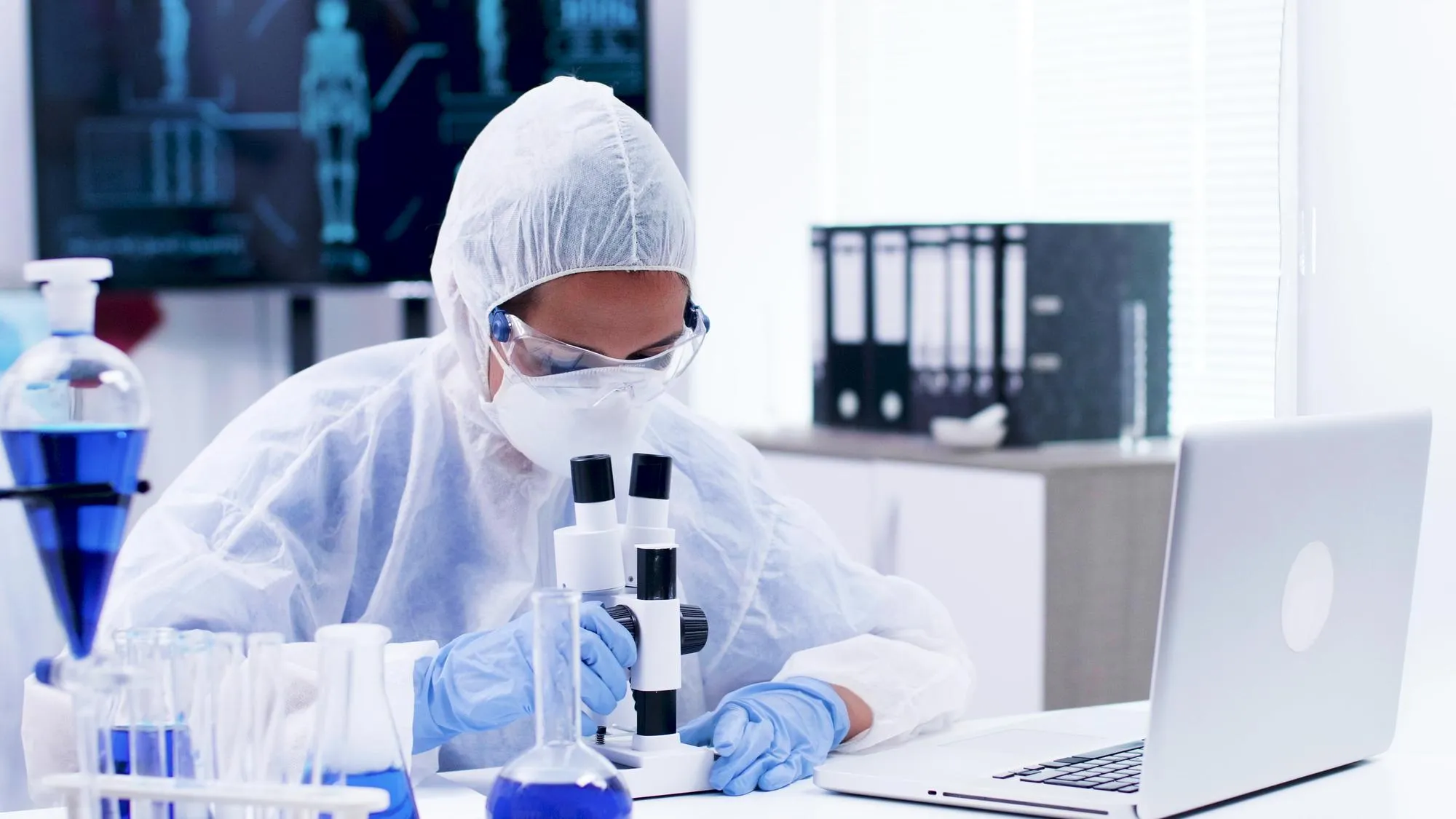Keywords
1. High-Containment Laboratories
2. BSL-4 Facilities
3. Pathogenic Virus Outbreaks
4. Ebola Research
5. Biosafety Level 4 Infrastructure
The alarming rise of relentless and deadly pathogenic viruses, such as Ebola and Lassa, has witnessed an increasing demand for highly specialized containment facilities, known as Biosafety Level 4 (BSL-4) laboratories, around the globe. Institutions and governments are acutely aware of the importance of such laboratories in the anticipation, research, and containment of these lethal threats. In a recently published review, DOI: https://doi.org/10.2222/jsv.72.139, experts revealed that there are currently 62 BSL-4 labs either operational, under construction, or planned across 24 countries, showcasing a global commitment to biosafety and zoonotic disease prevention.
This elaborate news article delves into the significance of these high-containment laboratories, the international landscape of such facilities, and highlights the pioneering research led by esteemed scientists like Furuyama Wakako and Nanbo Asuka from Nagasaki University’s Department of Virus Infection Dynamics, with a particular focus on their research concerning the wild-type Ebola virus in a BSL-4 facility in the USA.
The Vital Role of BSL-4 Laboratories
BSL-4 laboratories are essentially the fortress of the scientific community against the world’s most dangerous pathogens which have no known cure or vaccine. These facilities are stringently designed to handle viruses that require the highest level of biosafety precautions due to their high risk of aerosol-transmitted laboratory infections and life-threatening diseases to humans.
These containment labs are equipped with state-of-the-art technologies to ensure that both the researchers working within and the community residing outside are safe from potential exposure. The laboratories are carefully engineered to feature specialized air-pressure systems, secure decontamination facilities, and unique laboratory suits designed to operate under positive pressure to prevent exposure to the lethal microorganisms studied within.
International Distribution of BSL-4 Labs
The increase in BSL-4 lab facilities across the world is a response to the growing recognition of global health security as a priority. As noted in Wakako and Asuka’s review, these laboratories are now spread out over 24 countries, with a significant presence in the United States, Europe, and parts of Asia. This geographical spread is crucial as it allows for a more rapid response to infectious disease outbreaks, which often do not respect international borders.
Countries with BSL-4 laboratories have often invested significant resources into their construction and maintenance in recognition of the fact that being prepared for potential outbreaks can drastically reduce the cost, both in human lives and economically, when compared to reactive measures.
New Research Frontiers at BSL-4 Facilities
Furuyama Wakako and Nanbo Asuka have been at the forefront of BSL-4 based research into the Ebola virus. Their work at a BSL-4 facility in the United States has led to significant insights into the virus’ behavior and pathology. Conducting research on the wild-type Ebola virus under the safety protocols of BSL-4 facilities has allowed them to explore the nuances of its virology, mechanisms of infection, and potential therapeutic targets without risking broader public health.
Their work, and that of others in BSL-4 labs, is essential in the development of vaccines and treatments which are critical to controlling future outbreaks. Such research also provides invaluable data for the global scientific community and helps in creating strategies for outbreak prevention, management, and the establishment of safety standards.
The Challenges and Responsibilities Involved
However, the operation and maintenance of BSL-4 laboratories come with substantial challenges and responsibilities. The cost of construction and upkeep of these facilities is considerable, demanding sustained investment from governments and private entities. Additionally, researchers and staff working in BSL-4 labs must undergo rigorous training and adhere to strict safety protocols to minimize the risk of accidental release of pathogens.
Ensuring local and global confidence in the safety and necessity of BSL-4 labs is also a challenge, as the communities living near these facilities may express concerns about the risk of contamination. Public education and transparency in operations are vital components in fostering community support and confidence.
References
1. Furuyama, W., & Nanbo, A. (2022). Introduction of high containment laboratories in abroad. Uirusu, 72(2), 139-148. doi:10.2222/jsv.72.139
2. World Health Organization. (2004). Laboratory biosafety manual (3rd ed.). Geneva: World Health Organization.
3. Richmond, J.Y., & Nesby-O’Dell, S.L. (2002). Laboratory security and emergency response guidance for laboratories working with select agents. Morbidity and Mortality Weekly Report, 51(RR19), 1-6.
4. Kortepeter, M.G., Martin, J.W., Rusnak, J.M., Cieslak, T.J., Warfield, K.L., Anderson, E.L., & Ranadive, M.V. (2008). Managing potential laboratory exposure to Ebola virus by using a patient biocontainment care unit. Emerging Infectious Diseases, 14(6), 881-887.
5. LeDuc, J.W., & Anderson, K. (2008). BSL-4 Laboratories—the need for balance. Nature Biotechnology, 26(10), 1089-1092.
Conclusion
High-containment laboratories such as BSL-4 facilities are a critical component in the global health security architecture. Investments in these labs, along with the pioneering work of researchers focused on studying high-consequence pathogens, play a vital role in preparedness and response to infectious disease threats. The efforts of scientists like Wakako and Asuka not only progress our scientific understanding of notorious viruses like Ebola but also cement the foundation of global biosecurity for future generations. As more BSL-4 facilities are established and become operational worldwide, their seamless integration into national and international health networks remains a top priority, balancing the need for advanced research with public safety and ethical considerations.
